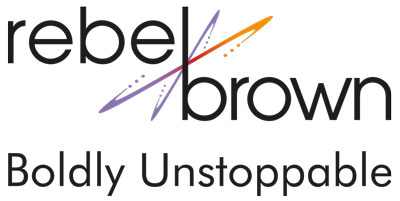Did you ever wonder why a business strategy fails? More than 70% fail, you know.
You create a great business strategy. You just know it’s going to take you to market leadership, and a big bottom line result.Six months later you’re feeling like you’re pushing on a rope. But you just know everything will come into sync soon.
A year later, you’ve tried everything. Your brilliant business strategy has gone no where. You’re wondering what the hell happened.
You just know that your ideas were brilliant. You know your product offering is just right for your buyers. You need to understand why your business strategy failed.
Why a Business Strategy Fails
I’ve worked with hundreds of businesses to create breakout strategies. Whether a startup, a growth company or a turnaround, the problems with strategies are always the same. I call it the Gap. Actually, there are a few Gaps. These Gaps are the reason why business strategies fail. Let’s take a look at the 3 biggest gaps that limit strategic success.
1. The Reality Gap
This gap is a by-product of the way our minds work. We each view reality in our own unique way. No two realities are the same. That said, when we group together in a business, we begin to create a shared reality. Based on what the group (aka the herd) believes to be true.
We all sit in the same rooms and agree to the reality of our markets, our buyers’ needs and our competitor’s weaknesses. This shared reality forms the basis of our strategic assumptions. The problem is this: Our shared reality usually doesn’t match the reality external to our group or business. Which means the fundamentals of our strategy are out of sync with our markets and buyers.
2. The Learning Gap
This gap is caused by a paradox. Expertise and knowledge is what we need to define great strategies. Yet that same expertise is what prevents us from defining true breakout strategies. Why? Because we limit the options and opportunities we recognize based on what we already know.
Our expertise literally narrows the ranch of new options and opportunities we can see, hear or think about. That same expertise causes us to ignore or throw out potentially lucrative options because they don’t match our known truths. That means we create strategies based on a subset of the options and opportunities available to us. That means our strategies often miss the mark when it comes to new markets and opportunities.
3. The Change Gap
Then there’s the biggest gap of all. The Change Gap. This gap is created by resistance to change. We’ve all seen it. Leaders get excited about a new strategy. We take it to our teams and the next thing we know, the donkeys come out. Feet dug in hanging onto the way we’ve always done it. This resistance to change is one of the biggest reasons even great strategies fail.
While we give lip service to the new, we hang onto the old. That great strategy is never fully executed because we can’t change the direction of the organization. But it’s not our fault. The resistance to change is also part of being human. It’s a program called the status quo bias and it impacts every human on the planet.
Bridging the Gaps
The great news is that we can all learn how to fill these gaps to avoid why business strategies fail.
How? By Paying Attention.
- Watch for the gaps at work in yourself and your teams. We all have them, so admit it and watch for them.
- When you catch yourself or a team member in a gap, stop, pay attention and ask questions. Lots of questions.
- Try to prove yourself wrong about each and every assumption you make. Don;t look for proof, seek ways to show you’re wrong. You’ll create a better solution and avoid mistakes.
- While you’re at it, go talk to people you know outside of your industry. Ask them for ideas. Some of the best innovation ever comes from other markets, industries and business models.







2 Comments
John Bennett
March 2, 2015 - 4:50 pmThere’s a thread to these three gaps: lack of honesty! Not wanting honest external input, not wanting to believe lifelong learning is mandatory, and not wanting to get away from “the way we’ve always done it.”
Great calls with the three gaps and which is worst!!! I remember a story (almost certainly fiction) of the person seeking a patent for a glass-bottomed bus. When asked why he sought this patent – with no value, the person said “But if anyone ever wants such a bus, they’ll have to come to me!” Reminds me of those companies “knowing” what the public wants. As to the others, as noted, lifelong learning is not an option and neither is at least being open to change that makes sense!
rebel brown
March 2, 2015 - 6:43 pmHI John
Thanks for stopping by and sharing your insights.
I used to think it was about honesty and “full disclosure”. But since I started studying the human mind, I’ve come to realize that many of these behaviors are the result of how we’re wired. Turns out that most of the behaviors I’ve seen in my consulting practice that I thought were ego or a lack of honesty actually result from the way our mind processes information and triggers behaviors. I’ll explain more about that in the drill down posts that follow this week.
Dont get me wrong, there is still lack of integrity in our world – lots of it. Just that now I understand the difference between calculate dishonesty and our own human minds literally filtering what we are able to see and do wrt to our businesses – and our lives for that matter.
THANKS AGAIN for your thoughts! Love the glass bottomed bus. That guy needs to be in High Tech. They patent things like that all the time – and years later I’ve seen it pay off!